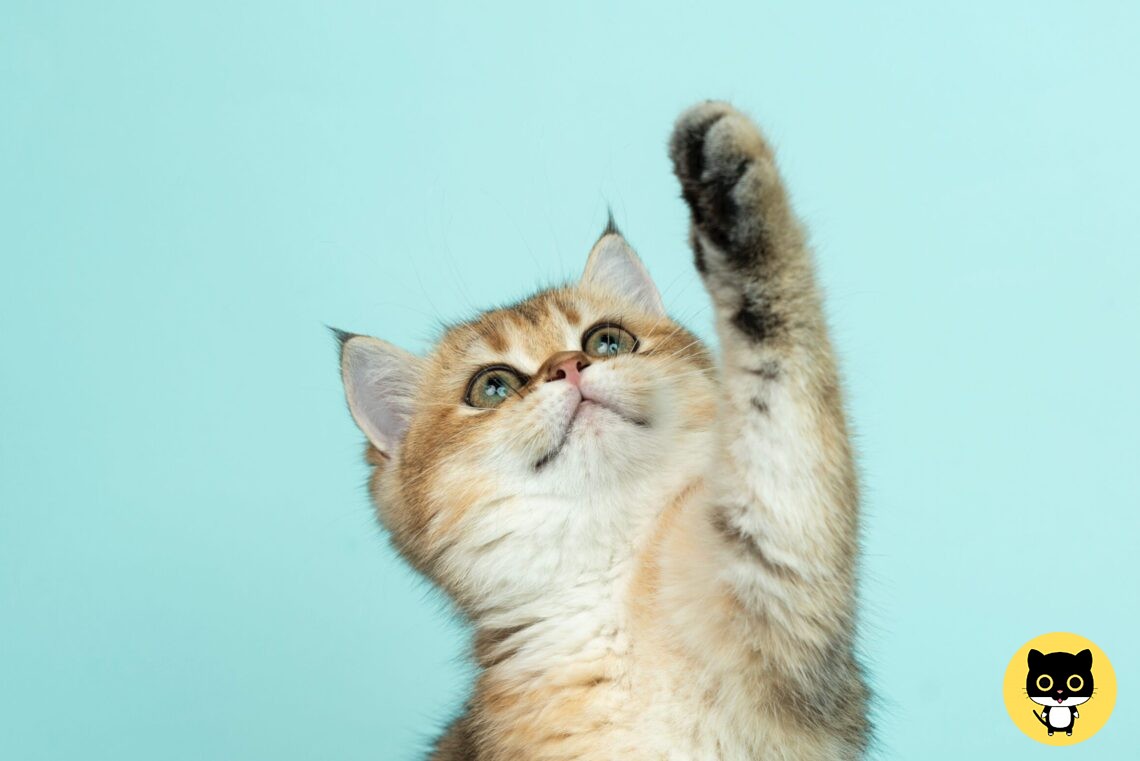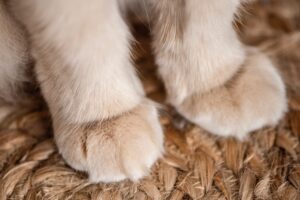Cats are naturally clean, meticulous creatures. They spend a lot of time grooming themselves and taking care of their “nails”. However, even with their fastidious nature, cats can sometimes need a bit of help in keeping their claws in order. Trimming your cat’s claws is a very important part of cat care and can help your cat stay healthy and safe. In this guide, we’ll go through a step-by-step process for trimming your cat’s claws.
SECTION 1: Why trimming your cat’s claws is important
Trimming your cat’s claws is important for their health and safety. Cats have a natural instinct to scratch and climb, but if their claws are too long, they may get caught in fabric, carpet, or furniture. Long claws can also cause your cat to injure themselves or others while playing or climbing. Regularly trimming your cat’s claws can help prevent these issues.
A related reason to trim your cat’s claws is to prevent damage to your furniture. Cats use scratching to mark their territory and to sharpen their claws, but this can cause damage to couches, chairs, and other furniture. Regularly trimming your cat’s claws can help reduce the amount of scratching they do, and help to protect your furniture.
Finally, trimming your cat’s claws can help to prevent painful ingrown nails. Cats’ nails grow in a spiral shape and if their claws become too long, the spiral shape can cause them to curl back into their paw pads. This can be very painful for your cat, and can cause infection if not treated promptly.
SECTION 2: Preparing to trim your cat’s claws
Before you begin trimming your cat’s claws, it’s important to make sure you have the right tools and supplies. You’ll need a claw trimmer, preferably one made specifically for cats, as well as nail clippers or scissors. You may also want to have some styptic powder or cornstarch on hand in case you accidentally trim the claw too short.
It’s also important to make sure your cat is comfortable with the process. Spend some time petting and playing with your cat before you begin, and make sure your cat is relaxed and happy. You may also want to have some treats on hand to reward your cat for their cooperation.
SECTION 3: Trimming your cat’s front claws
Once you have the right tools and supplies and your cat is comfortable with the process, you can begin trimming their claws. Start with the front claws, as they are the easiest to trim. It’s important to be careful when trimming your cat’s claws, as you don’t want to cut the quick, which is the sensitive part of the claw.
To avoid cutting the quick – only cut the thin outermost sharp end section of the claw. On a white claw you can see where the quick starts – it start towards the paw where the claw starts turning pink. It is better to cut too little than too much. If you cut into the quick it will start bleeding.
When trimming your cat’s front claws, make sure to hold the paw firmly but gently, and make sure the nail is facing away from you. Then, carefully trim the tip of the claw, making sure not to cut the quick. If you do accidentally trim the quick, you can use styptic powder or cornstarch to stop the bleeding.
SECTION 4: Trimming your cat’s hind claws
The hind claws can be a bit trickier to trim, as they are often longer and more curved than the front claws. When trimming your cat’s hind claws, make sure to hold the paw firmly but gently, and make sure to keep the nail facing away from you.
Trim the tip of the claw carefully, and if you get close to the quick, stop and move to the next claw. It can be helpful to use a flashlight, or a strong table light, to help you see the quick and make sure you don’t cut it. As with the front claws, if you accidentally trim the quick, you can use styptic powder or cornstarch to stop the bleeding.
SECTION 5: Tips for successful claw trimming
When trimming your cat’s claws, it’s important to be patient and take your time. Cats can be sensitive and will react if they feel uncomfortable, so it’s important to make sure they are relaxed and happy. Make sure to reward your cat with treats or a special petting session after the trimming is done.
It’s also important to trim the claws in a well-lit area, so you can clearly see the quick. As mentioned, you may want to use a strong light source to help you see the quick more clearly. Finally, make sure to use the right tools. Again, claw trimmers made specifically for cats are the best option, as they are designed to safely and effectively trim claws.
You may also want to use scissors or nail clippers if you feel more comfortable with them. If you do use scissors or nail clippers, make sure they are sharp and well maintained. Dull scissors or clippers can cause damage to your cat’s nails, and make trimming more difficult.
SECTION 6: What to do if your cat resists claw trimming
If your cat resists claw trimming, try to make the process as stress-free as possible. Make sure to give your cat plenty of treats and praise, and take your time. You may also want to try using a distraction such as a laser pointer or a toy to keep your cat focused on something else.
Finally, if your cat is still resistant to claw trimming, you may want to take them to a professional groomer or veterinarian. They have the necessary tools and experience to safely trim your cat’s claws, and may be able to help calm your cat during the process.
SECTION 8: Common nail trimming mistakes
One of the most common mistakes is trimming the quick, which is the sensitive part of the claw. If you trim the quick, your cat may experience pain and bleeding, so make sure to be very careful when trimming.
Another common mistake is trimming the claws too short. Cats’ claws grow in a spiral shape, and if you trim them too short, they may curl back into their paw pads and cause pain and infection. Make sure to only trim the tips of the claws, and never trim beyond the quick.
SECTION 9: How often should you trim your cat’s claws?
How often you trim your cat’s claws will depend on your cat. If your cats’ claws don’t grow quickly, you may only need to trim them every 3-4 week, while if its claws grow quickly, you may need to trim them every 1-2 weeks. It’s important to check your cat’s claws regularly to make sure they don’t get too long.
Do you have any advice (please share, it is worth a lot to others)? Please register and leave a reply below or post in the Forums.






